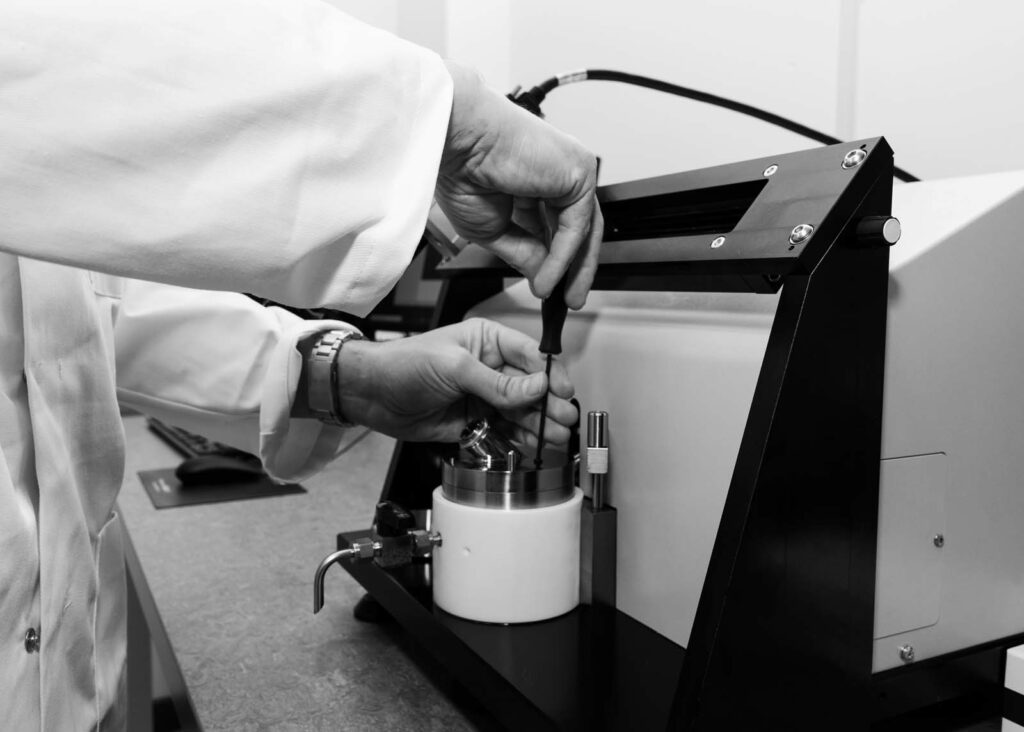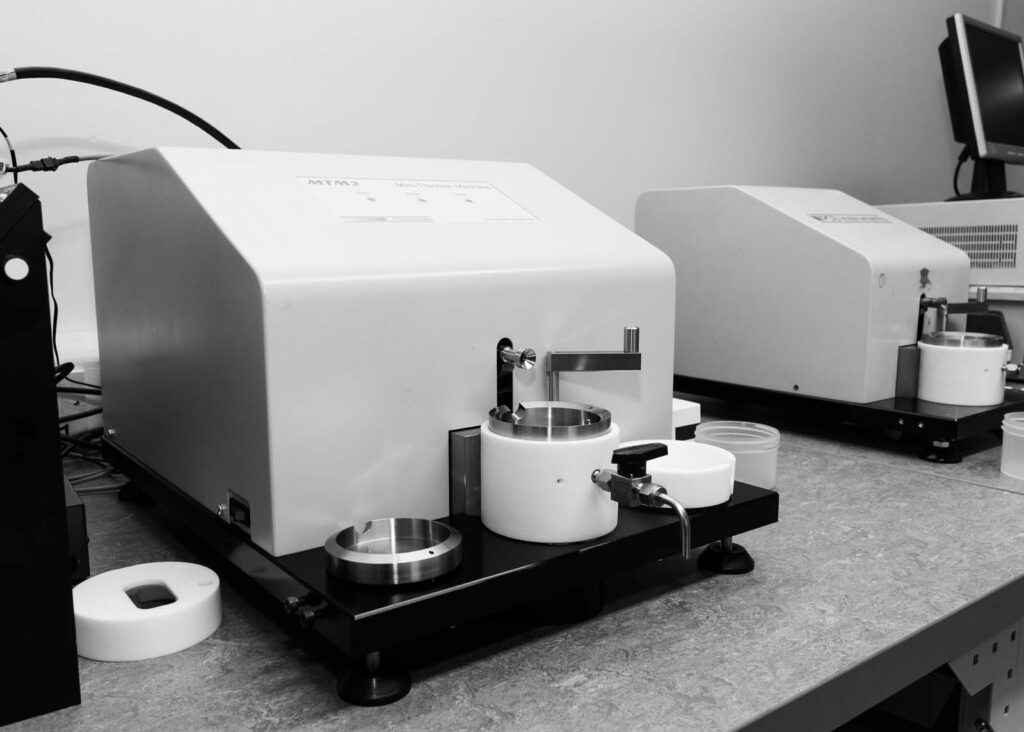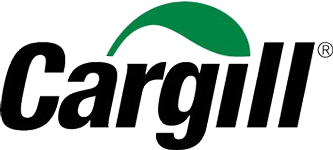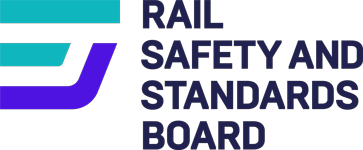Friction testing is a cornerstone of modern engineering and tribology – empowering engineers to optimise lubrication systems, reduce energy consumption, extend the lifespan of critical components, and enhance overall system efficiency.
By comprehensively understanding and managing friction, our customers can develop more efficient, quieter, and longer-lasting machinery, setting the stage for improved performance and reduced environmental impact.
See how friction testing can deliver:
- Enhanced Operational Efficiency: Minimising friction is synonymous with optimising energy consumption. Requiring less power to deliver the same output, and reducing wear on machinery can deliver our customers massive savings over time.
- Precision in Friction Reduction: The quantitative insights derived from friction testing enable our customers to pinpoint areas of high friction and devise targeted strategies for reduction, reducing wear and tear on critical components, extending their lifespan and minimising costly downtime.
- Improved Lubricant Formulation: Our customers are able to gain a competitive edge by harnessing friction testing to refine lubricant formulations. Understanding the impact of additives on friction aids in developing bespoke oils tailored to each specific application for optimal performance.


- Tailored Lubrication Systems: Understanding the interaction between oil and surface helps engineers select lubricants that fit their specific needs – ensuring that lubrication systems can be finely tuned to perform optimally
- Noise, Vibration, and Harshness (NVH) Reduction: By understanding the root causes of friction through testing, industries can curtail unwanted slip and stick behaviours. This is especially useful for mitigating noise, vibration, and harshness (NVH) in instances such as car interiors.
- Extending Lifespan: Components like gearbox oil experience change in their characteristics over time due to wear and aging. Friction testing helps track these shifts, to allow the selection of better ageing lubricants for a life-span or informing proactive maintenance intervals
- Data-Driven Decision-Making: Stribeck Curves and Traction Curves provide industries with data-driven decision-making tools. This empowers engineers to make informed choices regarding lubricant selection and operating parameters, reducing the risk of unexpected failures and associated production interruptions.

In our lab, our high precision instruments are capable of reproducing in fine detail the conditions of a wide range of machines to test your products – controlling temperature, speed and pressure to give incredibly accurate results.
We’re able to measure friction of high pressure lubricated contacts, simulating common machine elements such as gears and bearings.
Our equipment allows us to capture a wide range of metrics including Stribeck Curves, Traction curve, static friction, dynamic friction and boundary film formation.
The results can be used to predict efficiency of the machine in practical use, and through leveraging machine learning models, can provide accurate measures of real world performance.

What are Stribeck Curves?
Stribeck Curves are a common name used to described friction vs entrainment speed results, measured on a tribometer.
They are a graphical representation that illustrates the relationship between friction and other operating conditions, and are very useful as they give a great overview of the frictional performance of a lubricant.
Want to know more? Explore our blog article.






